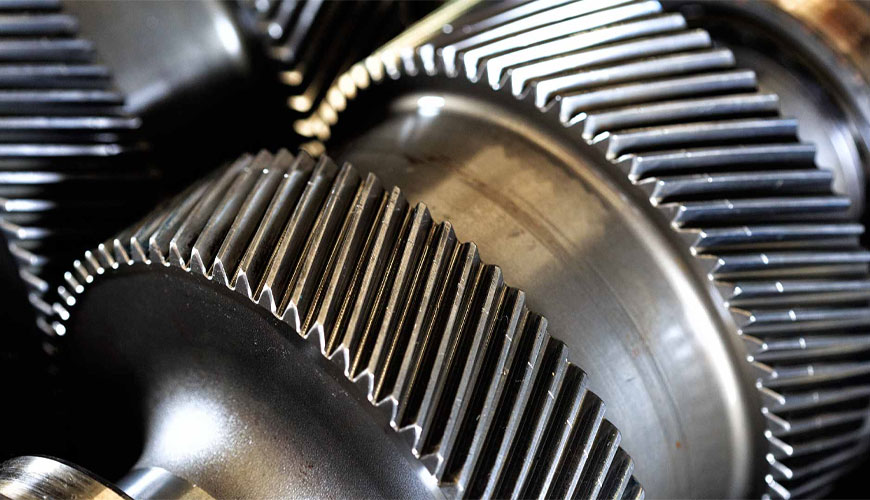

EUROLAB laboratory provides testing and compliance services within the scope of ASTM F 2213 standard. This test method involves measuring the magnetically induced torque produced by the static magnetic field in a magnetic resonance environment in medical devices and comparing this torque with the equivalent torque exerted on the implant by the gravitational force.

The acceptance criteria for this test should be justified. If the maximum magnetically induced torque is less than the product of the longest dimension and weight of the medical device, the magnetically induced torque is less than the worst-case torque on the device due to gravity. For this condition, it is assumed that any risk from the application of magnetically induced torque is no greater than any risk posed by normal daily activity in the Earth's gravitational field. This is conservative. It is possible that larger torques also do not pose a hazard. (For example, device position relative to adjacent tissue, tissue growth, or other mechanisms may prevent device motion or the forces produced by a magnetically induced torque greater than the torque due to gravity from damaging adjacent tissue.)
This test method alone is not sufficient to determine whether an implant is safe in the MR environment.
The magnetically induced torque considered in this standard is the magnetostatic torque resulting from the interaction of the MRI static magnetic field with the magnetization in the implant. Dynamic torque resulting from the interaction of the static field with eddy currents induced in a rotating device is not considered in this test method. Currents in lead wires can also induce a torque.
ASTM F 2213 Test Scope
This test method involves measuring the magnetically induced torque produced by a static magnetic field in a magnetic resonance environment in medical devices and comparing this torque with a user-specified acceptance criterion.
This test method does not address magnetically induced deflection force, tissue heating, device failure, imaging artifacts, acoustic noise, interference between devices, and other potential safety issues which may include but are not limited to device and MR functionality.
The torque considered here is the magnetostatic torque resulting from the interaction of the MRI static magnetic field with the magnetization of the implant. Dynamic torque resulting from the interaction of the static field with eddy currents induced in a rotating device is not considered in this test method. Torque caused by currents in lead wires is not covered by this standard.
Values stated in SI units should be accepted as standard. No other units of measurement are included in this standard.
To get an appointment, to get more detailed information or to request an evaluation, you can ask us to fill in our form and reach you.